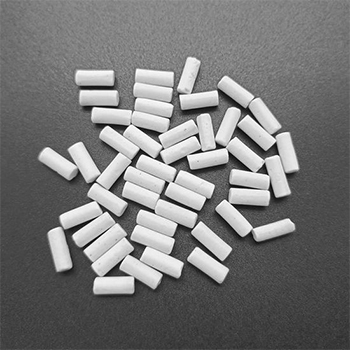
Shuttering Techniques for Concrete Columns Construction and Design Efficiency
Understanding Concrete Column Shuttering A Comprehensive Guide
Concrete columns are fundamental structural elements in many construction projects, providing essential support and stability to buildings, bridges, and various infrastructures. One of the critical processes in constructing concrete columns is the use of shuttering, also known as formwork. This article aims to explore the importance, types, and best practices associated with concrete column shuttering.
What is Shuttering?
Shuttering refers to the temporary form or mold into which fresh concrete is poured to create a desired shape. In the case of concrete columns, shuttering plays a vital role in determining the column's dimensions, stability, and overall finish. Proper shuttering ensures that the columns maintain their intended shape and structural integrity until the concrete sets and cures sufficiently.
Importance of Shuttering in Concrete Columns
1. Shape and Support Shuttering is crucial in providing the necessary shape and support for the concrete during the curing process. Without effective shuttering, the wet concrete can collapse, leading to structural failures.
2. Surface Finish The type of shuttering used influences the surface finish of the concrete column. Smooth, clean forms will result in a better finish, reducing the need for extensive post-curing work.
4. Cost Efficiency Effective use of shuttering can lead to significant cost savings. High-quality, reusable shuttering can reduce material costs over time, and precise forms reduce the likelihood of material waste.
Types of Shuttering for Concrete Columns
1. Timber Shuttering Traditionally, timber has been the most widely used material for shuttering. It is easy to work with and can be cut to various shapes and sizes. However, it may require surface treatment to prevent water absorption and damage.
concrete column shuttering

2. Steel Shuttering Steel forms are known for their durability and strength. They are highly reusable and can be designed to precise specifications, making them suitable for commercial and industrial applications. However, steel shuttering is heavier and can be more costly than timber.
3. Plastic Shuttering Lightweight and easy to assemble, plastic shuttering is becoming increasingly popular. It is resistant to corrosion and is often used for small-scale projects. However, its strength and durability may not match those of steel or timber.
4. Modular Shuttering Systems These are pre-engineered systems that can be assembled on-site. They offer high adaptability and efficiency and are often made from a combination of materials, including steel and plastic.
Best Practices for Concrete Column Shuttering
1. Design and Planning Before construction begins, careful planning of the shuttering system is essential. This includes calculating the load-bearing requirements and determining the best materials to use.
2. Quality Control Always ensure that the shuttering materials are of high quality and free from defects. Poor-quality materials can compromise the integrity of the concrete column.
3. Proper Assembly Accurate assembly is critical for effective shuttering. Ensure all joints are well-fitted and that the formwork is rigid enough to withstand the pressure from the poured concrete.
4. Regular Inspections Throughout the curing process, it is essential to conduct regular inspections to check for any signs of deformation or leaks. Prompt corrective actions can prevent failures.
5. Safe Removal After the concrete has cured, careful removal of the shuttering is necessary. This ensures that the newly formed concrete column is not damaged during the process.
In conclusion, concrete column shuttering is an essential element of structural concrete construction. Understanding the types, significance, and best practices associated with shuttering can lead to more efficient construction processes, enhancing structural integrity and aesthetics in concrete applications. Proper attention to shuttering not only ensures safety and durability but also contributes to the overall success of construction projects.
-
The Importance of Reinforcement Bar in ConstructionNewsJul.11,2025
-
The Durability of Timber Steel FurnitureNewsJul.11,2025
-
How to Assemble Fixed Clamp Scaffolding SafelyNewsJul.11,2025
-
Essential Column Rebar Specifications for High-Rise BuildingsNewsJul.11,2025
-
Common Applications of Steel Keels in ConstructionNewsJul.11,2025
-
Benefits of Using Aluminum Scaffolding Ladders Over SteelNewsJul.11,2025
-
Stainless Steel Keel: Analysis of the Triple Advantages of Rigidity, Stability, and LightweightNewsJun.19,2025










